
© Iscatel/ShutterstockEinstein's theory of special relativity sets of the speed of light, 186,000 miles per second (300 million meters per second). But some scientists are exploring the possibility that this cosmic speed limit changes.
The speed of light is considered to be the ultimate cosmic speed limit, thanks to Einstein's special theory of relativity. But physicists aren't content to assume this limit without testing it.
That's where a new experiment with electrons comes in. Physicists measured the energy required to change the speed of electrons as they hopped from one orbital to another inside atoms of dysprosium, all while Earth rotated over a 12-hour period. This allowed the scientists to measure that the maximum speed of an electron, which, according to special relativity should be
the speed of light, is the same in all directions to within 17 nanometers per second. This measurement was 10 times more precise than previous tests of electrons' maximum speed.
So far, Einstein still comes out on top, and the theory holds. But the researchers hope to follow up the experiment with a more precise trial that might prove capable of poking holes in special relativity. That could actually be a good thing, scientists say, at least in terms of the advancement of physics.
"As a physicist, I want to know how the world works, and right now our best models of how the world works - the
Standard Model of particle physics and Einstein's theory of general relativity - don't fit together at high energies," physicist Michael Hohensee of the University of California, Berkeley, said in a statement. "By finding points of breakage in the models, we can start to improve these theories."
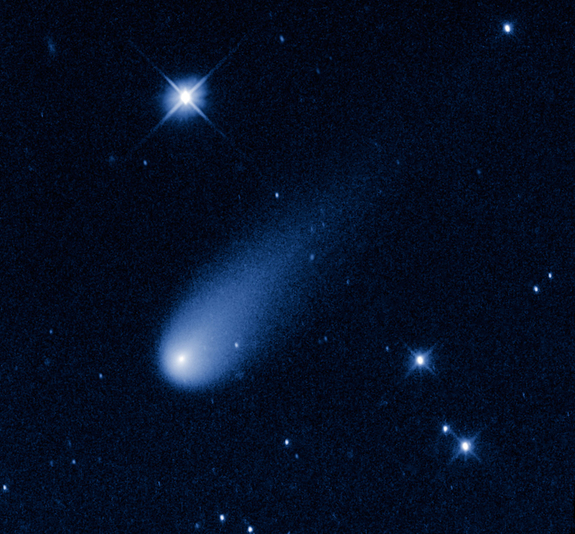

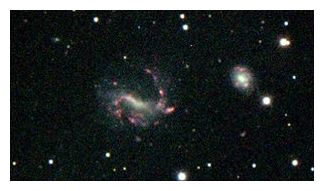
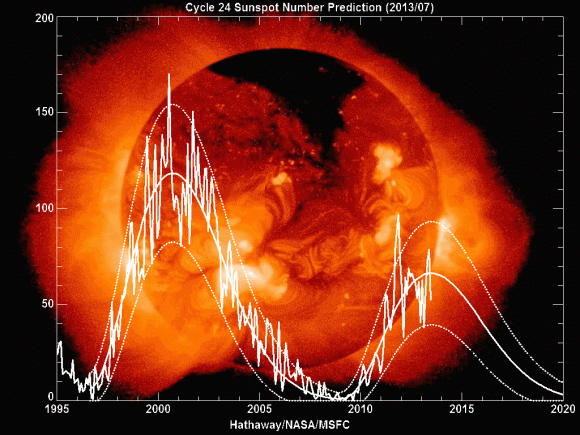
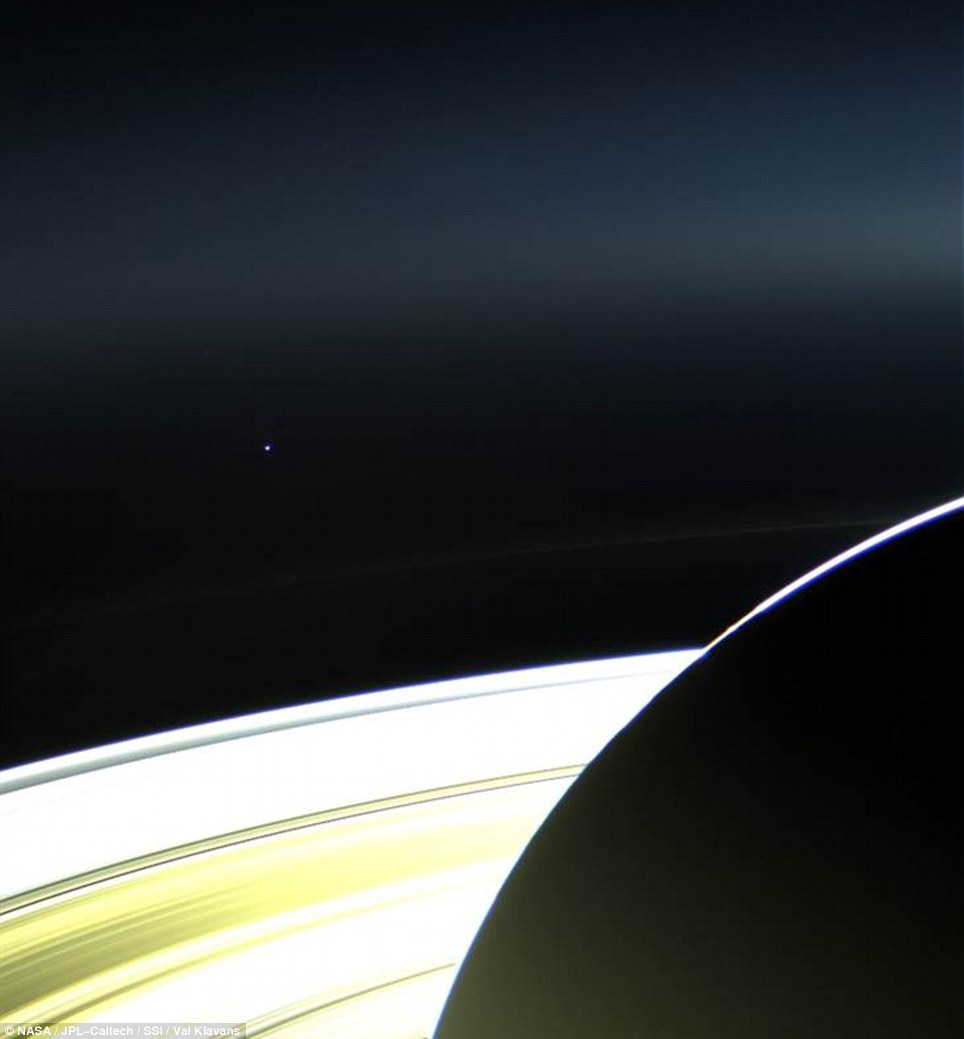
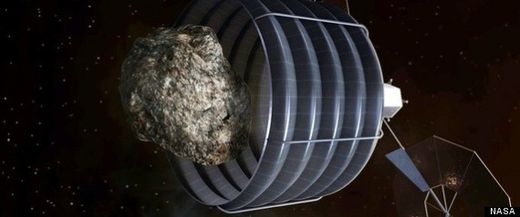
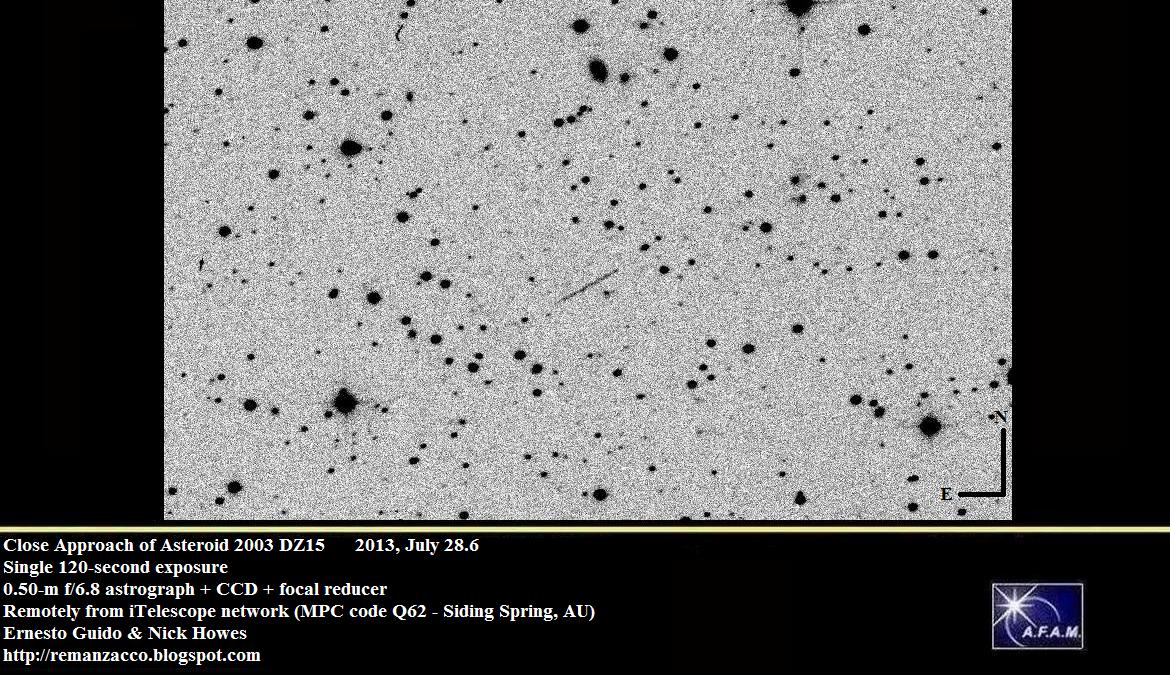
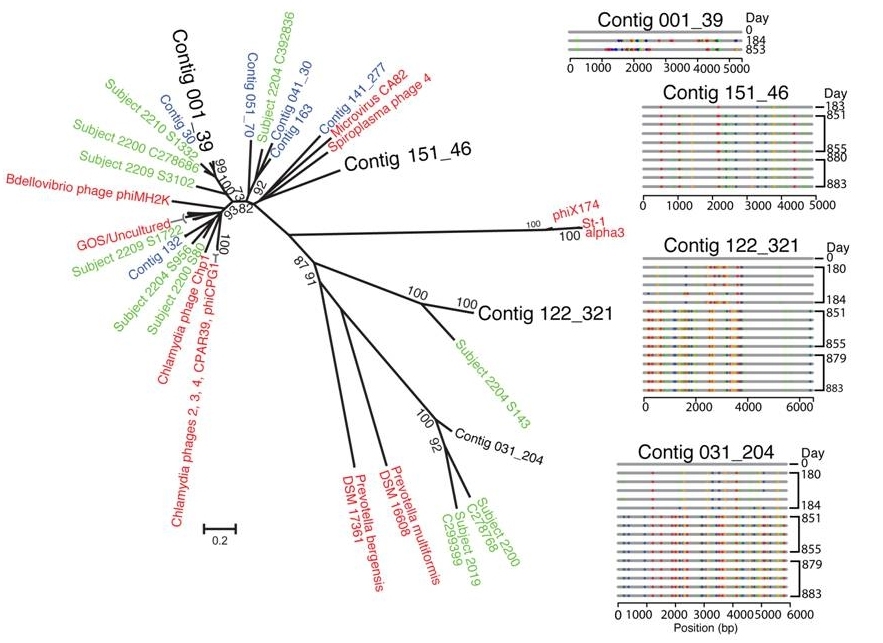




Comment: Others have a different view - Rumors of Comet ISON 'fizzling' may be greatly exaggerated